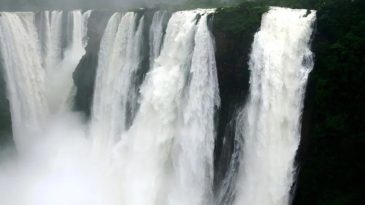- Tourism
- Updated on February 22, 2025
The 8 Longest Rivers of India and Their Importance in Indian Culture
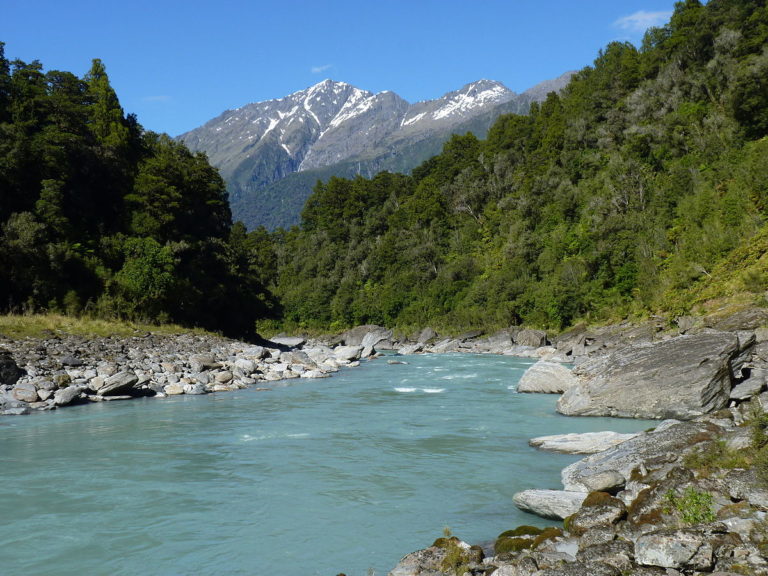
India, a land rich in culture and history, is home to some of the longest and most revered rivers in the world. These rivers are not only vital for the survival and sustenance of the country’s population but also hold significant cultural, religious, and spiritual importance.
For centuries, they have shaped the lives of millions, supporting agriculture, commerce, and spiritual practices. From the holy Ganges to the mighty Brahmaputra, each river plays a unique role in the socio-economic development and cultural identity of India.
The eight longest rivers in India—Ganges, Brahmaputra, Indus, Godavari, Krishna, Yamuna, Narmada, and Tapi—are not only geographical features but also hold deep spiritual significance. These rivers have been worshipped, celebrated, and revered through the ages.
1. The Ganges (Ganga) – 2,525 km
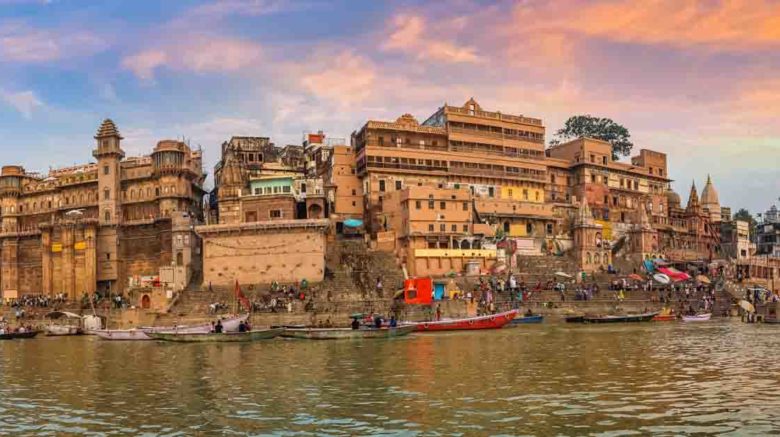
The Ganges River, also known as the Ganga, is the longest river in India, stretching 2,525 kilometers. It originates from the Gangotri Glacier in the Himalayas and flows through several states, including Uttarakhand, Uttar Pradesh, Bihar, and West Bengal, before entering Bangladesh and finally draining into the Bay of Bengal.
Cultural and Religious Significance:
The Ganges is considered the holiest river in Hinduism. It is believed that taking a dip in the Ganges can purify the soul and wash away sins. The river holds a central place in Hindu mythology, with numerous temples, ghats, and sacred sites located along its banks, such as Varanasi and Allahabad.
2. The Brahmaputra – 2,900 km
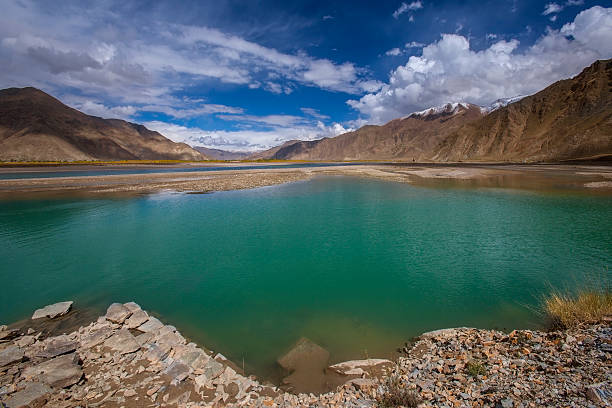
The Brahmaputra River is one of the longest rivers in the world, stretching over 2,900 kilometers. It originates from Tibet, where it is known as the Yarlung Tsangpo, and flows through India’s northeastern states, including Arunachal Pradesh, Assam, and Meghalaya, before entering Bangladesh and eventually merging with the Bay of Bengal.
Cultural Significance:
The Brahmaputra is vital to the people of Assam and Arunachal Pradesh. The river is a lifeline for the local population, supporting agriculture, transportation, and daily life. It also holds immense cultural significance, with several temples and religious sites located along its banks. The river is featured in Assamese folk songs and is a symbol of prosperity for the region.
3. The Indus – 3,180 km
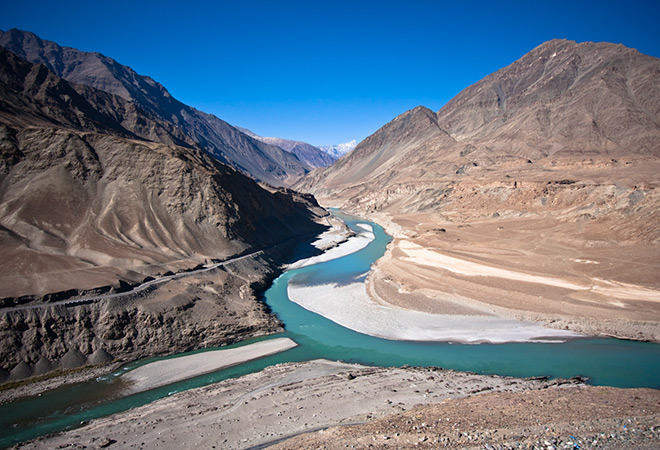
he Indus River, originating from Mansarovar Lake in Tibet, flows through northern India, including Jammu and Kashmir, Punjab, Haryana, and Rajasthan, before entering Pakistan. Stretching over 3,180 kilometers, it is one of Asia’s longest rivers and was vital for the ancient Indus Valley Civilization.
The Indus River, originating from Tibet and flowing through Pakistan and parts of India, has a total length of 3,180 kilometers. It is one of the longest rivers in Asia and has been a crucial source of water for the ancient Indus Valley Civilization.
Cultural Significance:
The Indus River has great historical significance as the cradle of one of the world’s oldest civilizations. The river played a central role in the development of agriculture and trade in the region. Although the river primarily flows through Pakistan, it has historical importance for both India and Pakistan.
4. The Godavari – 1,465 km
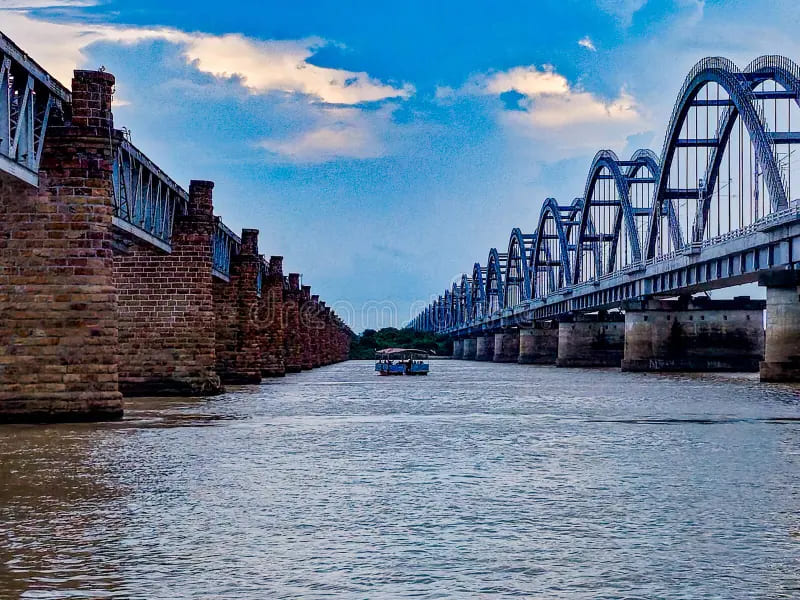
The Godavari River, often called the “Dakshina Ganga” (Southern Ganga), is the second-longest river in India, flowing over 1,465 kilometers. It originates from the Western Ghats in Maharashtra and flows through Telangana, Andhra Pradesh, and Odisha before emptying into the Bay of Bengal.
Cultural Significance:
The Godavari holds great importance in southern India. It is considered a holy river by Hindus, and its banks are home to many temples and pilgrimage sites, including the famous Rajahmundry and Bhadrachalam temples. The river is central to many festivals, including Godavari Pushkaralu, a festival held once every 12 years, which attracts millions of devotees.
5. The Krishna – 1,400 km
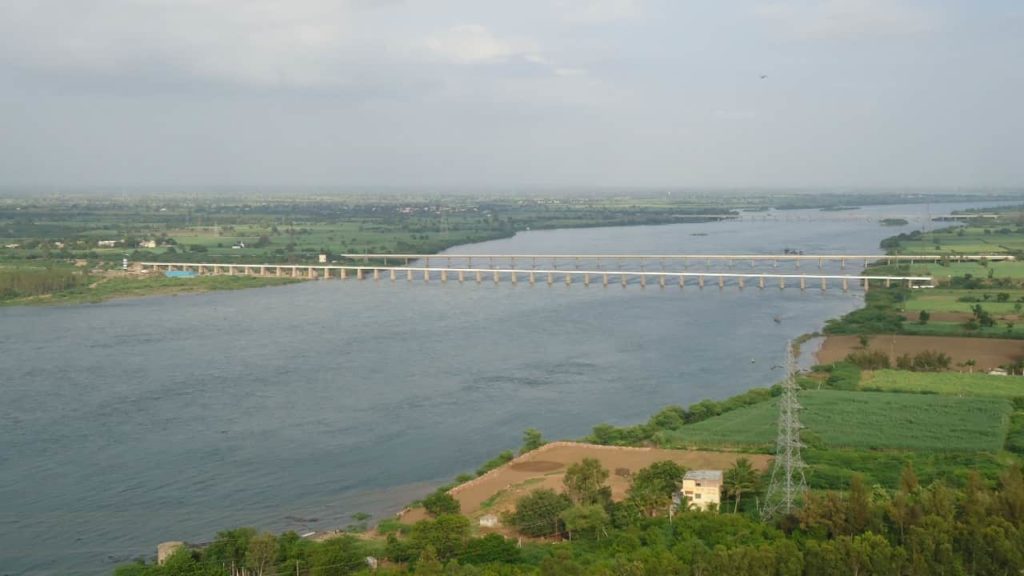
The Krishna River, spanning about 1,400 kilometers, originates from the Western Ghats in Maharashtra and flows through Karnataka, Telangana, and Andhra Pradesh, before emptying into the Bay of Bengal.
Cultural Significance:
The Krishna River is considered sacred by many in southern India. It is central to the agricultural activities in the region, particularly in Andhra Pradesh, where it supports rice and sugarcane farming. The river also has numerous temples along its banks, including the Srisailam Temple, dedicated to Lord Shiva.
6. The Yamuna – 1,376 km
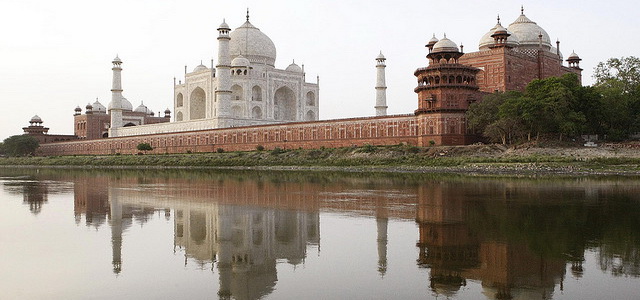
The Yamuna River is one of the most important rivers in northern India. It originates from the Yamunotri Glacier in the Himalayas and flows through the states of Haryana, Delhi, and Uttar Pradesh, before merging with the Ganges at Allahabad.
Cultural Significance:
The Yamuna is considered sacred in Hinduism, and it is associated with the life of Lord Krishna. The river’s banks are home to several temples, including the famous Banke Bihari Temple in Vrindavan. The Yamuna is also central to the annual Yamuna Aarti, a religious ceremony that attracts thousands of devotees.
7. The Narmada – 1,312 km
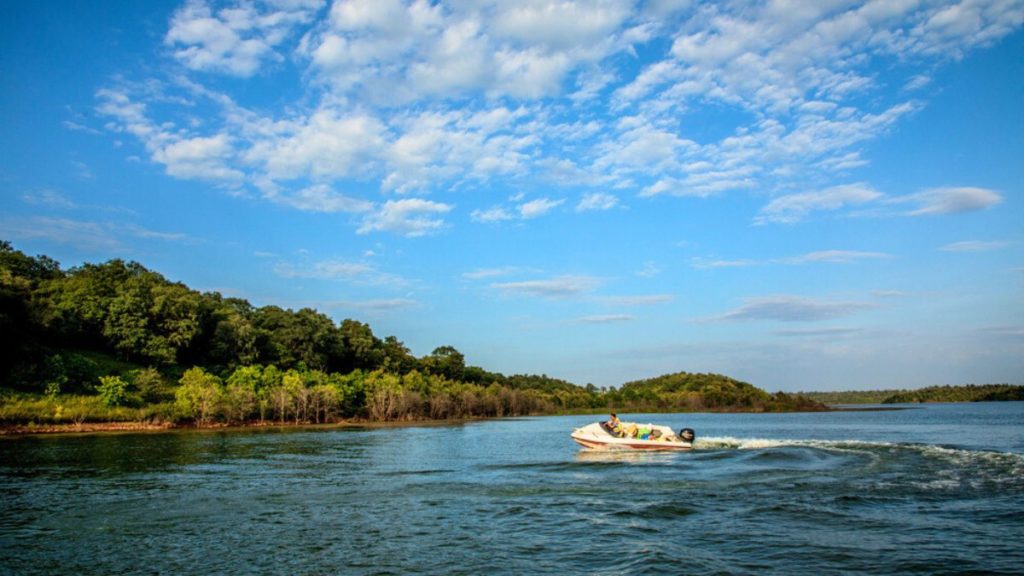
The Narmada River, flowing for 1,312 kilometers, originates from the Amarkantak Plateau in Madhya Pradesh, the Narmada River flows westward through Madhya Pradesh, Maharashtra, and flows through Gujarat before emptying into the Arabian Sea.
Cultural Significance:
The Narmada is considered one of the most sacred rivers in India. It is believed that taking a dip in the river can purify the soul. The river is also known for the Narmada Parikrama, a religious journey around the river that is considered spiritually significant. The famous Narmada Dam is also located along this river.
8. The Tapi – 724 km
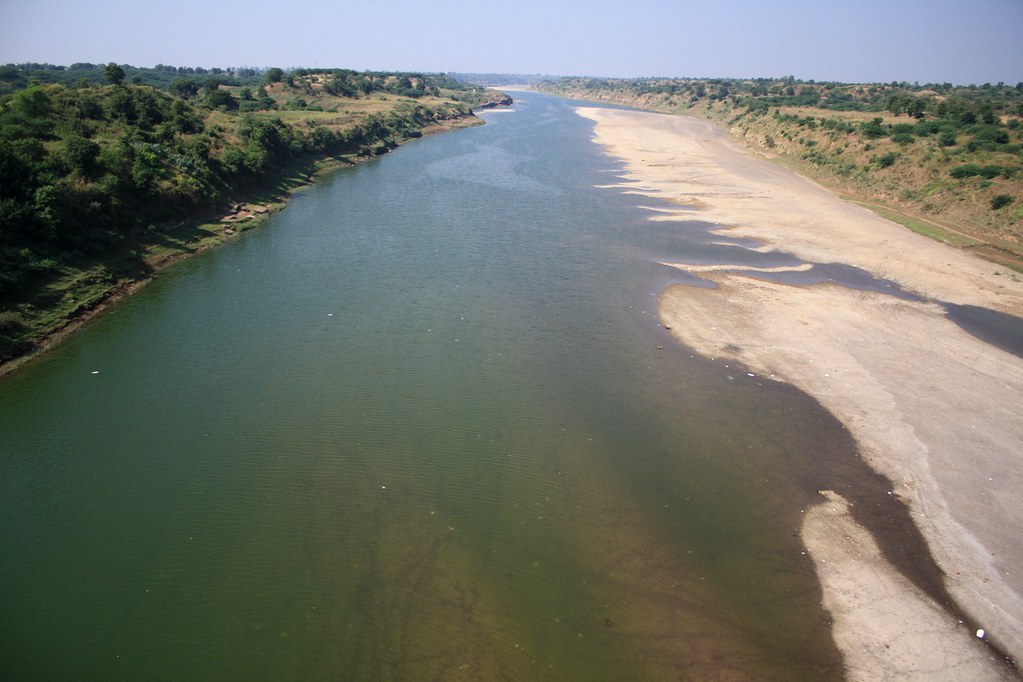
The Tapi River, also known as the Tapti, is one of the major rivers in western India, flowing for about 724 kilometers. It originates from the Satpura Range in Madhya Pradesh and flows through Maharashtra and Gujarat before reaching the Arabian Sea.
Cultural Significance:
The Tapi River holds significance in the states of Maharashtra and Gujarat, providing water for irrigation and supporting agriculture. The river is considered sacred, and several temples dedicated to various deities are situated along its banks.
Read Also : Top 10 Must-Visit Destinations in India for First-Time Travelers
Conclusion
The rivers of India are not just vital sources of water but are deeply woven into the fabric of Indian culture, religion, and history. From the sacred Ganges to the mighty Brahmaputra, each of these rivers has its own significance and plays a pivotal role in the lives of millions of people. These rivers have not only supported the civilization of India for thousands of years but also continue to influence the country’s spiritual, economic, and cultural landscape. Understanding the importance of these rivers helps us appreciate the deep connection between nature and the people of India.
Join the discussion
Related Articles
No results available
ResetTrending Articles


- General
- Updated on December 20, 2025


- General
- Updated on December 16, 2025


- General
- Updated on December 15, 2025


- General
- Updated on December 11, 2025


- General
- Updated on December 11, 2025


- General
- Updated on December 11, 2025


- General
- Updated on December 2, 2025


- General
- Updated on December 5, 2025


- General
- Updated on November 27, 2025


- Health
- Updated on November 24, 2025
No results available
Reset

